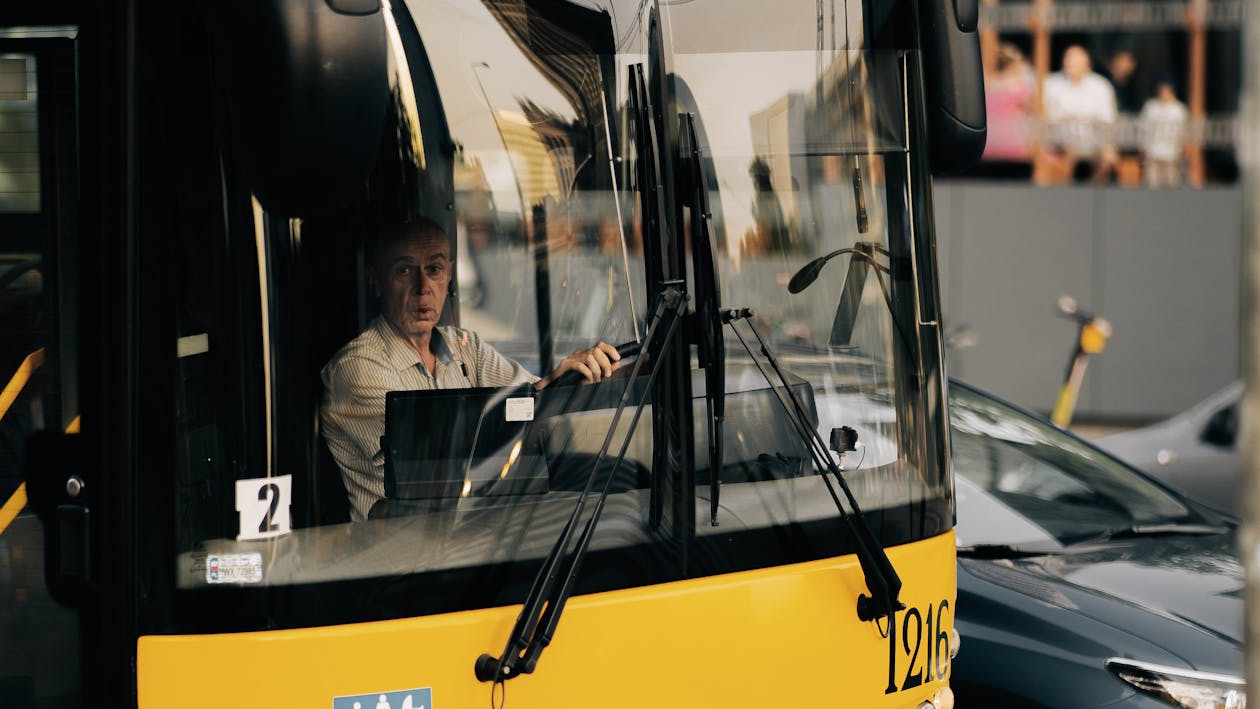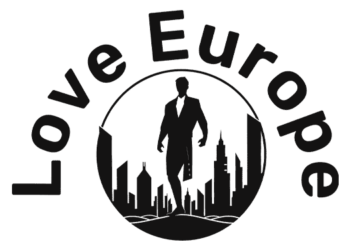Lithuania is experiencing a significant shift in its labor market, with foreign workers flocking to the Baltic nation in unprecedented numbers.
This trend is reshaping the country’s workforce and bringing both opportunities and challenges to the forefront of national discourse.
Dramatic rise in foreign workers
The Employment Service of Lithuania recently reported a remarkable 18.3% increase in foreign workers over the past year.
As of early July 2024, the total number of foreign workers in Lithuania reached 150,500, marking a substantial rise of 23,300 workers compared to the previous year.
Breaking down the numbers, 12,200 of these workers are European Union (EU) nationals, while the majority — 138,300 — come from 132 different non-EU countries.
This diverse influx is transforming Lithuania’s workforce landscape, bringing new skills and cultural perspectives to various industries.
Who is coming to Lithuania?
The surge in foreign workers is not uniform across all nationalities. Some countries are seeing a much more significant increase in their citizens working in Lithuania:
Indian workers saw the most dramatic rise, increasing by almost two and a half times, with 2,500 new arrivals.
Uzbek workers nearly doubled, with 3,400 new workers entering the Lithuanian job market.
Tajik and Azerbaijani workers also saw substantial growth, increasing by one and a half times, adding 1,900 and 1,500 workers respectively.
Interestingly, the number of Russian workers saw the smallest increase, with only 26 new arrivals.
Meanwhile, Ukrainian workers increased by 1,700, and Belarusian citizens by 4,300.

(Image courtesy of Elle Hughes via Pexels)
New players in the job market
For the first time, Zimbabwe and Bangladesh have entered the top 20 non-EU countries with nationals working in Lithuania.
Over 200 Zimbabwean nationals, primarily employed as truck drivers in Kaunas, and about 300 Bangladeshi nationals, mostly working as welders in Klaipėda, have joined the Lithuanian workforce.
Addressing labor shortages
The influx of foreign workers is helping to address significant labor shortages in Lithuania.
According to the 2023 EURES report, 59 occupations in the country are facing worker shortages across various sectors including cleaning, food service, manufacturing, healthcare, education, construction, and engineering.
Jurgita Zemblytė, head of the Employment Service’s Monitoring and Analysis Division, explains, “Foreigners usually fill the gaps in skills shortages and help to solve the problems of [labor] market imbalance.”
Some of the most in-demand jobs in Lithuania include:
Garbage and recycling collectors
Cooks and food preparers
Bus and tram drivers
Machine operators
Electricians
Welders
Teachers
Nursing professionals
Engineers

(Image courtesy of Łukasz Klimkiewicz via Pexels)
New policies and opportunities
Despite the growing need for foreign workers, Lithuania has recently tightened its work visa rules.
The government now allows only people with a residence permit to work in the country, with exceptions for certain categories like teachers, researchers, and citizens of economically developed countries.
These measures aim to address the increasing number of immigration system violations.
However, Lithuania still ranks as the EU’s second easiest country to secure a work visa, following Estonia.
What this means for EU visitors and migrants
For short-term visitors from EU countries, these changes likely will not have a significant impact.
EU citizens can still enter Lithuania without a visa and stay for up to three months before needing to register.
However, for long-term visitors and migrants, especially those from non-EU countries, the process may become more complex.
The new rules requiring a residence permit for work could mean longer processing times and more paperwork.
It is important to note that these changes are happening as the EU prepares to launch the European Travel Information and Authorization System (ETIAS) in 2025.
While ETIAS primarily affects short-term visitors to the Schengen Area, it is part of a broader trend of tightening immigration controls across Europe.
Ripple effects on EU immigration policies
Lithuania’s approach to managing its growing foreign workforce could influence other EU countries facing similar challenges.
As labor shortages persist across Europe, more countries might adopt a balanced approach — attracting needed workers while also implementing stricter controls to prevent system abuses.
This situation in Lithuania highlights the complex balancing act EU countries face: addressing labor shortages, maintaining economic growth, and managing immigration effectively.
As the EU continues to grapple with these issues, we may see more countries adjusting their policies to find the right balance between openness and control.
Source link : https://etias.com/articles/lithuania%E2%80%99s-foreign-workforce-surges-in-one-year
Author :
Publish date : 2024-08-01 07:00:00
Copyright for syndicated content belongs to the linked Source.


